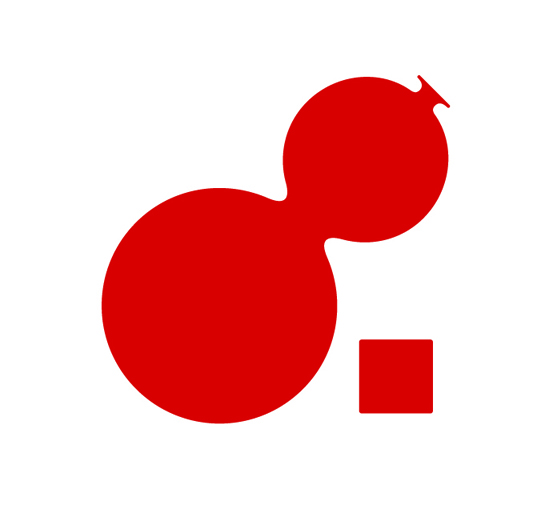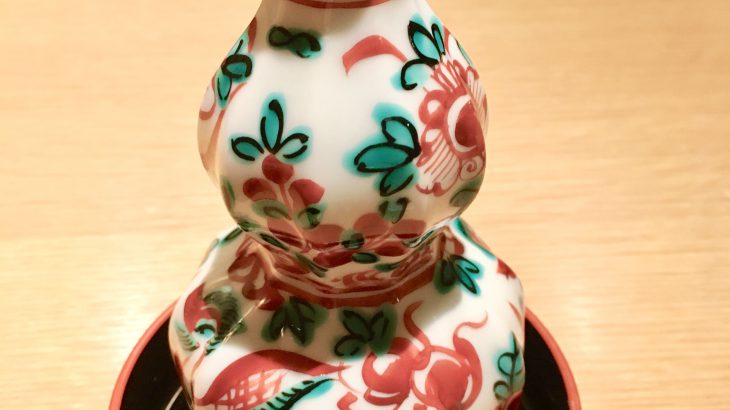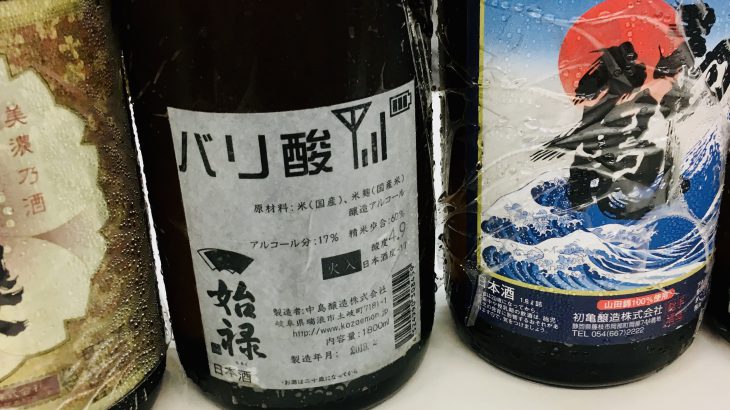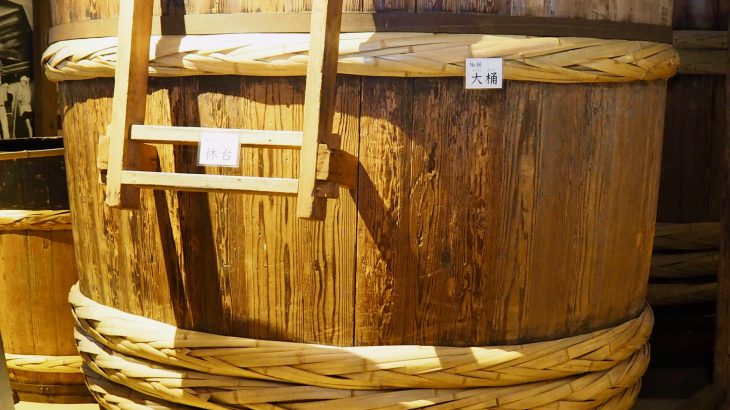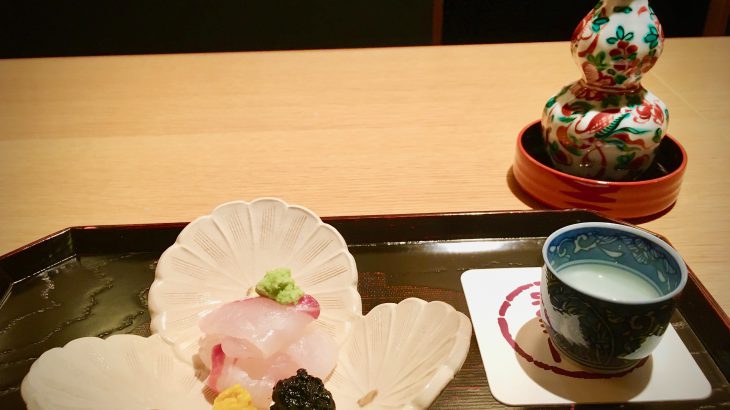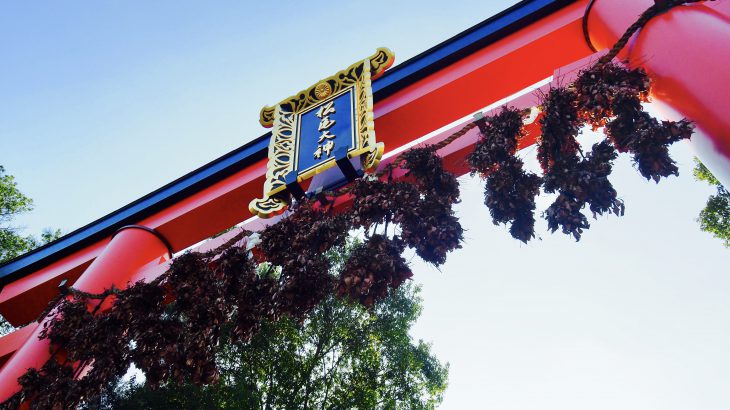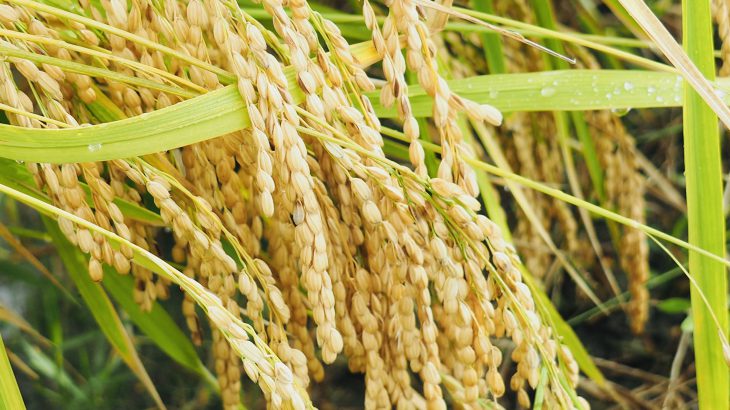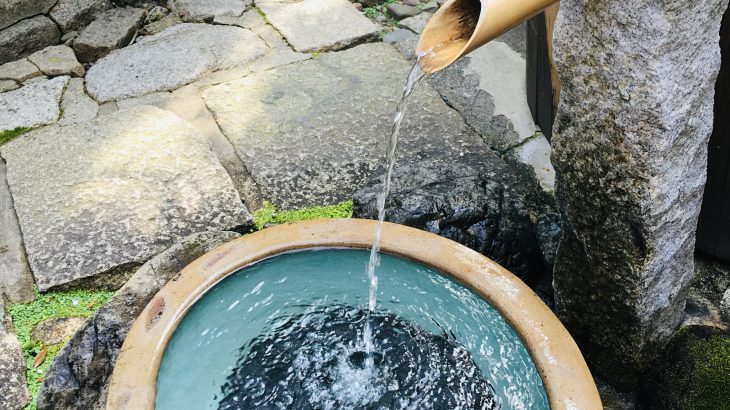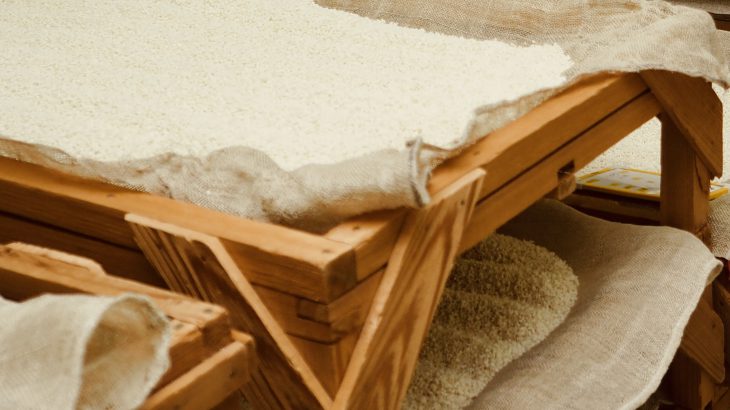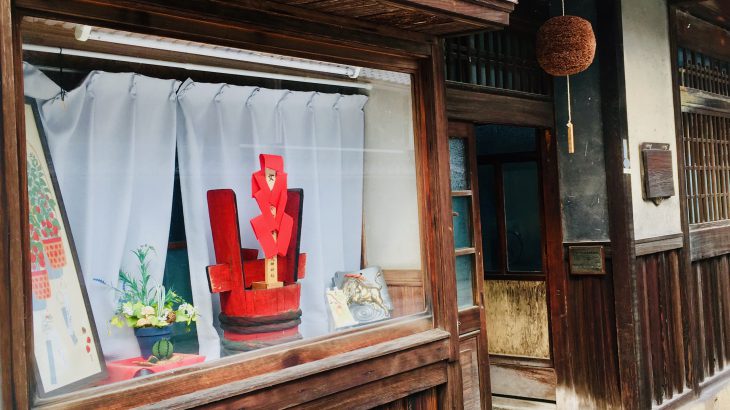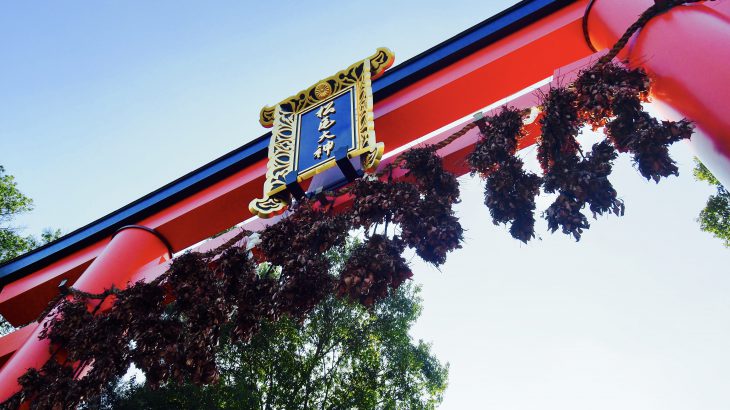One of the features of sake is that it can be enjoyed by changing the drinking temperature according to the drinking situation and the food you eat with it. Sake chilled in a refrigerator or by ice is called “Hiya” or “Rei-shu”(chilled sake),It is about 5 ℃ ~ 15 ℃. Sake is placed at room temperature is called “Jouon”, but it is sometimes called “Hiya”, so confirmation is required.In wine, the room temperature is around 18 ° C, but in Japan, where the temperature is higher, it is around 20 ° C to 25 ° C. Sake that has been […]
Sake? Nihonshu? Seishu? Outside of Japan, Sake is generally called Sake, but in Japan, sake is also a general name for alcoholic beverages, so it is generally called Nihonshu.The name “Nihonshu” was used to distinguish it from beer and wine from the Meiji period. What is Seishu? In Japan,we sometimes use the word “Seishu” to talk about Sake, Basically, all Nihonshu is Seishu. The definition of “Seishu” (as defined in the Liquor Tax Law of Japan) is fermented from rice, rice-Koji and water and filtered. (alcohol content of less than 22 degrees) *. * And some additives of the world […]
Sake is an alcoholic beverage made from rice. Usually, alcoholic beverages are made by producing alcohol by fermenting raw materials with the help of microorganisms. This method is used to make Sake, Wine and Beer. Sake is not a distilled spirit. Distilled spirits include be shochu, brandy, whiskey, vodka,gin etc. During the fermentation process, the yeast, which is a microorganism, consumes sugar and produces alcohol and carbon dioxide. Of the brewed liquors, the simplest form is to make the liquor by fermenting the sugar contained in the raw materials from the beginning, so it is thought that this was the […]
What is Sake? Sake is similar to beer and wine, because it is brewed. While beer is made by fermenting malt, sake is made by fermenting steamed rice. But,Sake is produced by a more complex process called parallel double fermentation compared to single fermentation for wine. The appearance is usually colorless and transparent, but some are slightly colored and cloudy, and others are fizzy like sparkling wine. The aroma of Sake is more subtle than wine and beer and has a distinctive smell, but some have a scent of flowers or fruit. If you want to know more about Sake, […]
‘Japan-Sake-Tourism’ is the website of Japanese Sake information. This website Inform to you what is Sake?, history, how to drink?, what foods matching with Sake? etc.. Our site will be satisfy your interest to Japanese-Sake. So this is our pleasure.
The rice used for sake is the same japonica rice that is eaten. The rice used for Sake is generally called “Saka-mai”. Among them, rice that is suitable for Sake brewing and that passes special inspection standards is called “Shuzou-kouteki-mai”(rice suitable for sake brewing). In addition to typical rice for “Shuzou-kouteki-mai” such as “Yamada Nishiki” and “Gohyakumangoku”, other regional rice is also used. Shuzou-kouteki-mai Shuzou-kouteki-mai is characterized by a “Shinpaku” In the vicinity of the center of Saka-May, especially Shuzou-kouteki-mai, there is a coarse portion of starchy grain density that appears white and cloudy portion called Shinpaku. If Shinpaku is […]
There is famous Sake in the place of famous water. 80% of the ingredients in Sake are water, Therefore Sake brewing requires high-quality water. The water is used for brewing, washing rice, steaming, and washing water to tanks and vat. The amount of water 20-30 times the weight of rice used for brewing from. Therefore, there are many sake breweries where there is a lot of good quality water. Famous waters for brewing are well known, such as Nada Miyamizu(Hyogo pref.) and Fushimi Fushimizu(Kyoto pref.). Japan’s water tends to be soft in general, but this is because the length of […]
The koji Koji is used in Eastern Asia brewing. In the case of Sake, the koji mold grows directly on the grain of rice.It is called Bara-koji. In Sake brewing Ki-koji (yellow koji mold) is used. ( Bara-koji is used to produce shochu and awamori, which are Japanese distilled spirits, but different koji mold in used ) But, another region in Eastern Asia,for example China, Mochi-koji (glutinous rice cakes) are used, which are kneaded into grains by kneading grains with water.As for the type of koji mold, Kumonosukabi and Kekbi are used. As a raw material for sake, “Koji” is […]
How long have they been running? The sake brewery has a long history.The breweries that have been involved in sake brewing for more than 500 years still remain today, and many of them opened in the 17th to 19th centuries (Edo period). New breweries have a history of about 100 years since they opened in the early 20th century (early Showa period). In Japan, each brewery needs to have a brewing license. In recent years, almost no brewing licenses have been issued, so most existing breweries are such long-established companies. Where were the famous brewing areas ? Sake brewing was […]
~ 8th century(Ancient times) Sake organised a long time ago. Rice production was introduced about 3000 years ago, and it seems that sake brewing began with rice, but the records at that time are poor, and the ingredients and methods are not clearly understood.・ Ancient sake has a strong connection with religion, and sake brewing is said to have been the work of a shrine maiden or altar girls of the Shinto religion. 8th century(Nara period) In the 8th century, a method for breaking down starch in rice using Koji-mold was created. This is the roots of current sake brewing. […]
